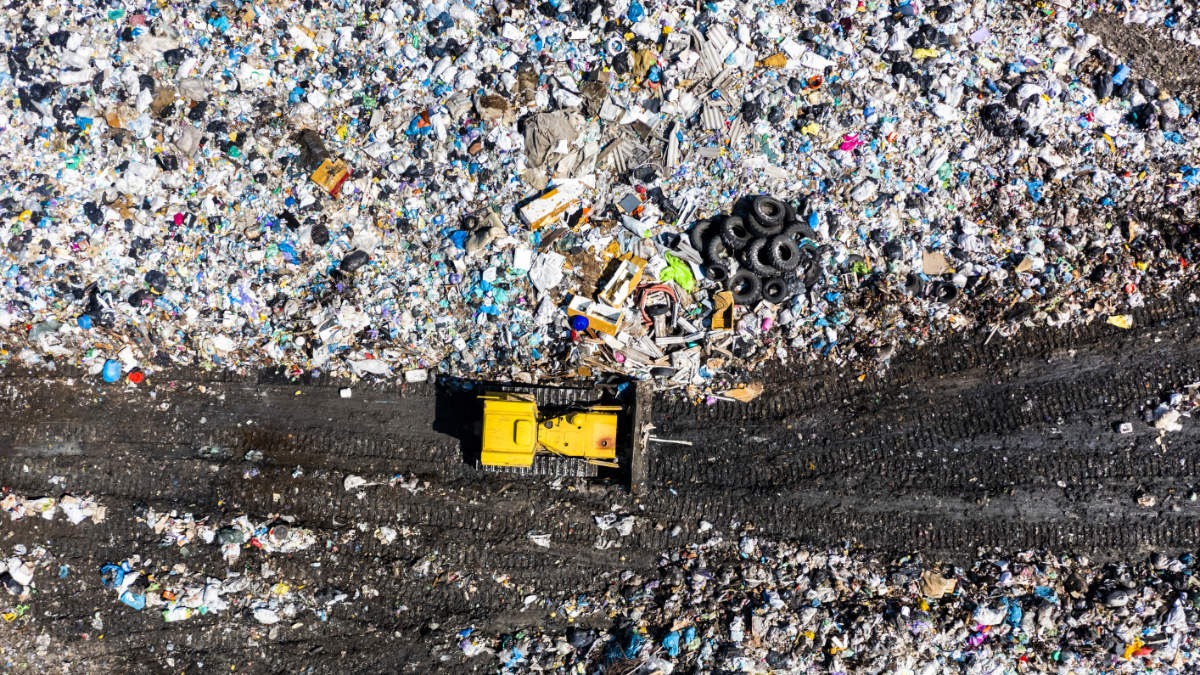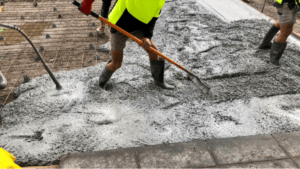Zeotech methane control trials boosted by patent application

Zeotech’s landfill methane reduction trials are progressing well. Pic: Getty Images
- Zeotech commissions three landfill simulation configurations at Griffith University
- Configurations will test efficacy of its zeoteCH4 technology in reducing methane emissions
- Patent lodged for its novel method to treat ground-based fugitive methane emissions
Special Report: Zeotech’s controlled infield validation trials of its zeoteCH4 technology that could control methane emissions from landfills is progressing well with three field simulation configurations commissioned.
Zeolites – also known as molecular sieves – are manufactured porous mineral frameworks composed mainly of alumina, silicon, and oxygen that can trap, exchange, or release ions and molecules.
Zeotech (ASX:ZEO) is exploring the potential of its zeoteCH4 technology to address the challenge of reducing methane emissions from landfills, which account for ~30% of Australia’s methane emissions.
Globally landfill methane emissions are comparable to those from the energy sector, presenting an underappreciated climate challenge Zeotech is hoping to help solve.
Trials carried out by Griffith University in November last year into the use of zeolites in a layer capping landfills to control emissions proved successful, with batch experiments displaying early methane oxidation efficiency of up to 70-80%.
Further testing on new configurations that are more closely aligned to the intended infield design had shown oxidation rates exceeding 90%.
This led to a decision in March to carry out controlled field trials at Griffith rather than at a Cleanaway landfill site as it was determined to be the most efficient pathway to scale the technology by optimising configurations, increasing data collection frequency, and evaluating the maximum methane oxidation potential of zeoteCH₄.
Three configurations commissioned
Infield validation at Griffith University is advancing well with three field simulation configurations commissioned in May.
Two contain zeoteCH4 products that demonstrated constant high oxidation rates in earlier lab-scale activities while a third contains just methanotroph inoculum as a benchmark for the company’s products.
This commissioning followed detailed design and development work alongside collection of landfill cover soils supplied by Cleanaway.
ZEO notes that while a steady increase in bio-methane production was observed on commissioning, this was subsequently impacted by colder, unseasonable climatic conditions.
This does not reflect the potential of the company’s products but rather impacts the ability to measure the oxidation efficiency of its methane control solution.
Optimisation work is now underway to support increased bio-methane generation while ZEO and Griffith agreed to extend the infield validation stage by six months to accommodate additional data collection and analysis, across a range of seasonal conditions.
This will allow Griffith to evaluate the effectiveness of the company’s technology by considering seasonal factors that will occur in typical landfill systems and assess the extent of methane oxidation potential during warmer periods when bio-methane generation is expected to be much higher.
Patent sought
ZEO has also lodged a provisional patent application titled ‘Zeolites for Methane Control’ in June with the Australian Patent Office.
This relates to a method for treating ground-based methane gas emissions from an area, such as landfill, by applying the company’s methane control technology, which uses zeolite material and methanotrophic bacteria.
The patent establishes potential novel and inventive steps associated with this methane control solution and aims to safeguard possible commercial opportunities that could result from the technology it is advancing.
This article was developed in collaboration with Zeotech, a Stockhead advertiser at the time of publishing.
This article does not constitute financial product advice. You should consider obtaining independent advice before making any financial decisions.
Related Topics
SUBSCRIBE
Get the latest breaking news and stocks straight to your inbox.
It's free. Unsubscribe whenever you want.
By proceeding, you confirm you understand that we handle personal information in accordance with our Privacy Policy.








